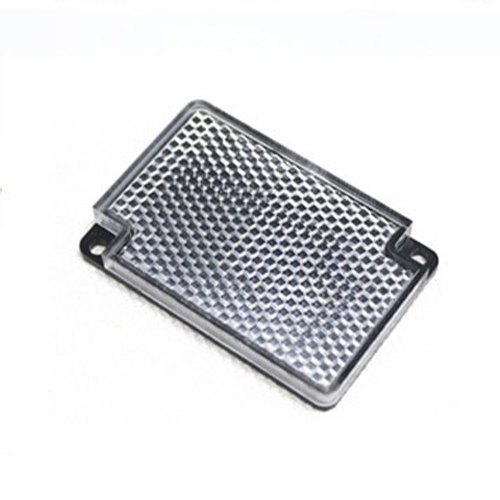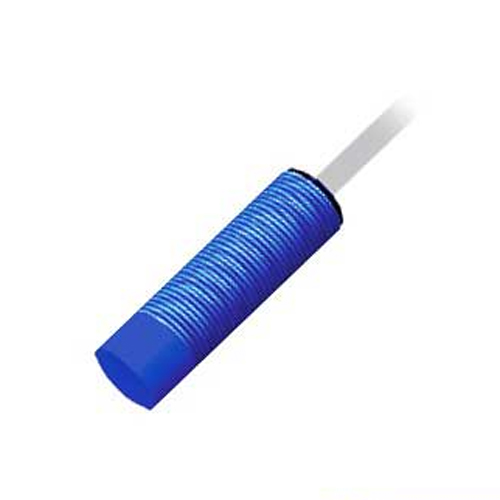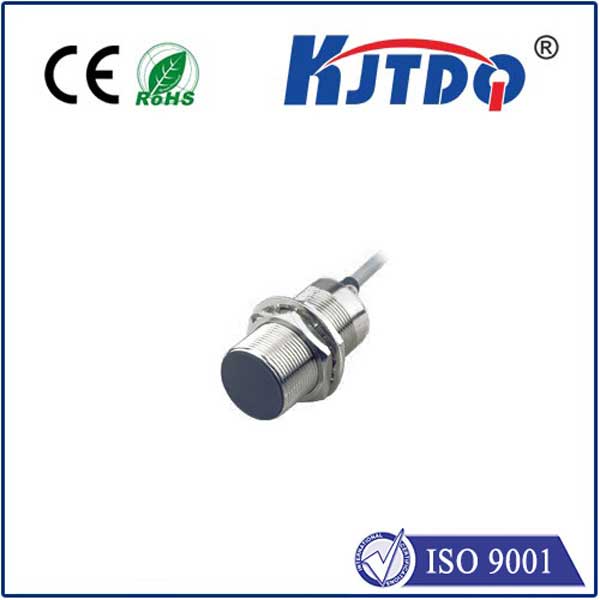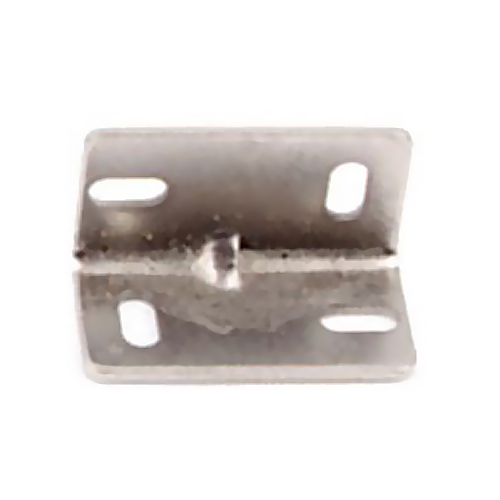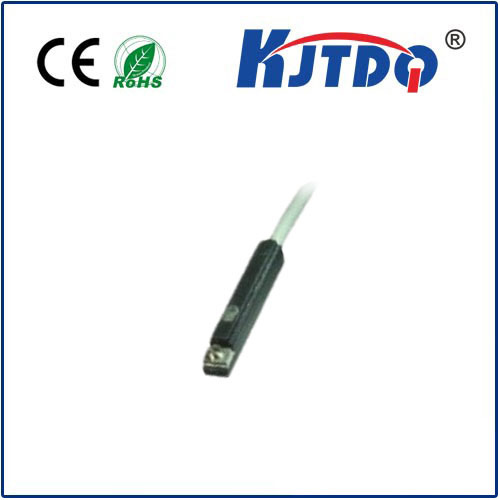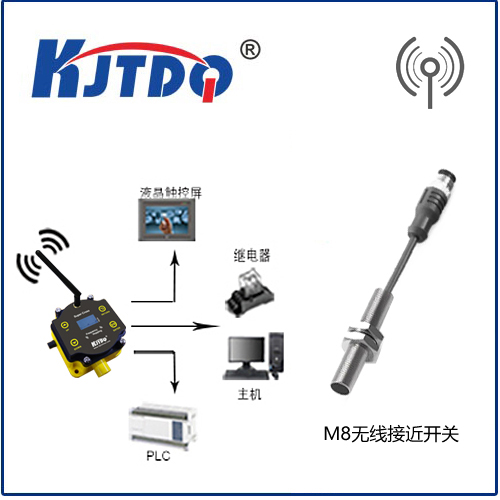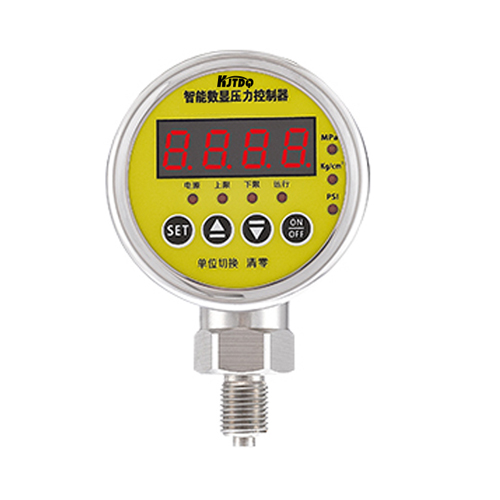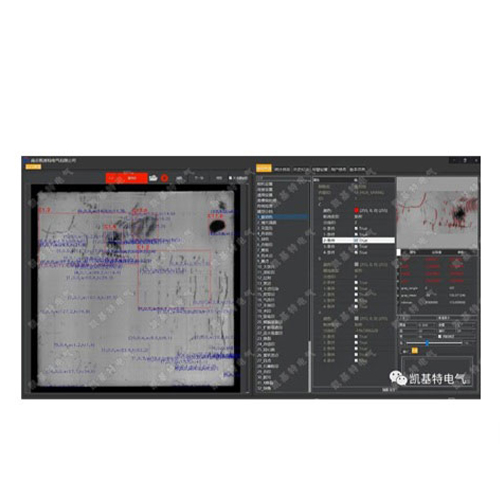Микроскопический датчик
- time:2025-07-23 14:46:43
- Нажмите:0
Micro Photo Sensors: The Invisible Eyes Driving Automation & Innovation
Imagine a world where machines can perceive light, distinguish objects, and react instantly without human touch. This isn’t science fiction; it’s the everyday reality powered by a marvel of modern engineering: the Микроскопический датчик. These miniature optoelectronic components, often unseen, are fundamental building blocks enabling automation, enhancing safety, and driving innovation across countless industries. From factory floors to smartphones and medical devices, micro photo sensors translate light into vital electrical signals, acting as the crucial link between the physical and digital worlds.
Understanding the Core: What is a Micro Photo Sensor?
At its heart, a Микроскопический датчик, or micro photoelectric sensor, is a compact device designed to detect the presence, absence, distance, or characteristics of an object using light. It typically consists of two main elements:
- Emitter: A light source (commonly an LED, often infrared to be invisible and immune to ambient light interference) that projects a light beam.
- Receiver: A photosensitive element (such as a phototransistor, photodiode, or photodetector IC) that converts incoming light intensity into an electrical signal.
The core operating principle relies on the photoelectric effect: photons striking the receiver material excite electrons, generating a measurable current or voltage change. Crucially, the “micro” designation highlights the significant miniaturization achieved, allowing these sensors to fit into incredibly compact spaces within modern electronics and machinery, where size and weight are critical constraints.
Diverse Types for Diverse Needs

Micro photo sensors come in various configurations, each suited to specific applications:
- Through-Beam (Opposed Mode): The emitter and receiver are housed in separate units facing each other. An object is detected when it interrupts the direct light beam between them. This type offers the longest sensing ranges and highest accuracy.
- Reflective (Diffuse Reflectance Mode): The emitter and receiver are combined in one housing. The sensor detects light reflected back from the target object. Detection occurs when the reflected light intensity reaches a threshold. Simpler installation is a key advantage, though sensing range can be shorter and influenced by the target’s reflectivity and color.
- Retroreflective Mode: Similar to reflective mode, but uses a separate reflector (corner-cube prism) placed opposite the sensor. The sensor detects an object when it blocks the light beam returning from the reflector. This offers a good balance of range and ease of installation compared to through-beam, with potentially better performance than diffuse reflective on shiny targets.
- Fixed-Focus and Background Suppression (BGS): Advanced diffuse reflective sensors that use optical techniques to focus precisely at a predetermined distance. BGS sensors are particularly adept at ignoring reflections from backgrounds beyond the set focal point, reliably detecting objects against complex or reflective surfaces.
Ubiquitous Applications: Where Tiny Sensors Make a Big Impact
The miniaturization and reliability of micro photo sensors have led to their pervasive adoption:
- Industrial Automation & Manufacturing: The undisputed backbone of modern production lines. They count products on conveyors, detect jams, verify part presence or orientation, control robotic positioning, monitor fill levels, and guard hazardous machinery zones for safety interlocks. Their small size allows integration into complex machinery and robotic arms.
- Consumer Electronics: Enable automatic display brightness adjustment (ambient light sensors), detect screen proximity during calls to turn off the display, read gestures, manage automatic doors (elevators, stores), and power vending machines.
- Security Systems: Form the core of intrusion detection in beam-break perimeter systems, monitor door/window positions (open/closed), and detect presence in restricted areas.
- Medical & Laboratory Equipment: Ensure precise sample positioning in analyzers, count pills in dispensers, monitor fluid levels in IVs or dialysis machines, and detect slides or cassettes in automated instruments. Their high reliability and hygiene (non-contact sensing) are vital here.
- Automotive: Used in rain-sensing wipers (detecting raindrops on the windshield), automatic headlight control, seat occupancy detection, sunroof/trunk safety reversal, and proximity detection in ADAS features.
- Printers & Copiers: Detect paper presence, jams, paper size via registration marks, and toner levels. Precision timing ensured by sensors is critical for image alignment.
- Home Appliances: Detect detergent levels or door closure in washing machines, control ice makers, and manage paper feed in shredders.
Technological Evolution and Key Advantages
Micro photo sensors have continuously evolved, offering significant advantages:
- Miniaturization: Packing powerful sensing capabilities into tiny footprints (
- Enhanced Performance: Improved IC technology delivers faster response times (microseconds), higher sensitivity allowing detection of small objects or low-reflective surfaces, and better immunity to ambient light interference.
- Reduced Power Consumption: Ultra-low power designs are critical for battery-operated devices like wearables and IoT sensors, extending operational life significantly.
- Increased Intelligence: Some sensors integrate microcontrollers for onboard processing, enabling features like programmable sensitivity, hysteresis adjustment, and multiple output modes (analog/digital).
- Cost-Effectiveness: Mass production has made these sensors highly affordable, driving their widespread adoption.
Implementation Considerations: Getting it Right
Selecting and installing micro photo sensors effectively requires careful thought:
- Environment: Consider temperature extremes, humidity, dust, vibration, exposure to chemicals, or potential optical interference (e.g., welding flashes, strong sunlight). IP ratings indicate environmental sealing.
- Target Characteristics: Size, material (reflectivity), color, surface finish (matte/glossy), and transparency significantly influence sensor choice and setup (e.g., choosing BGS for a shiny target on a conveyor).
- Required Sensing Range: Match the sensor’s specified range to the physical distance required in the application. Through-beam offers the longest ranges.
- Mounting & Alignment: Precise alignment is critical, especially for through-beam types. Ensure stable mounting to prevent vibration-induced misalignment. Compact housings often simplify this.
- Electrical Interface: Consider voltage requirements (commonly 5V, 12V, 24V DC) and output type (PNP/NPN transistor, relay, analog voltage/current) to ensure compatibility with the control system (PLC, microcontroller).
- Housing Design: Standardized housings (cylindrical, rectangular) facilitate easy integration, while specialized designs exist for challenging environments or tight spaces.
The Indispensable Opto-Coupler
Micro photo sensors represent a triumph of optoelectronics and precision engineering. Their ability to provide reliable, non-contact, high-speed detection in an incredibly compact form factor has revolutionized automation and enabled countless modern conveniences. As technology advances, pushing the boundaries of sensitivity, intelligence, and miniaturization even further, these “invisible eyes” will continue to be indispensable components, silently driving efficiency, safety, and innovation across the entire spectrum of human activity. From the smartphone in your pocket to the factory building it, micro photo sensors are working tirelessly to sense and respond to the world around us.

